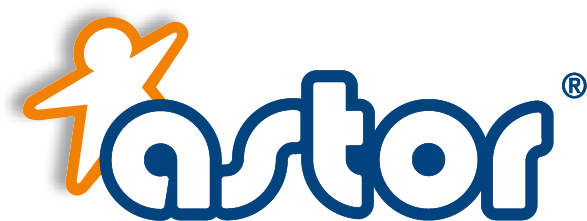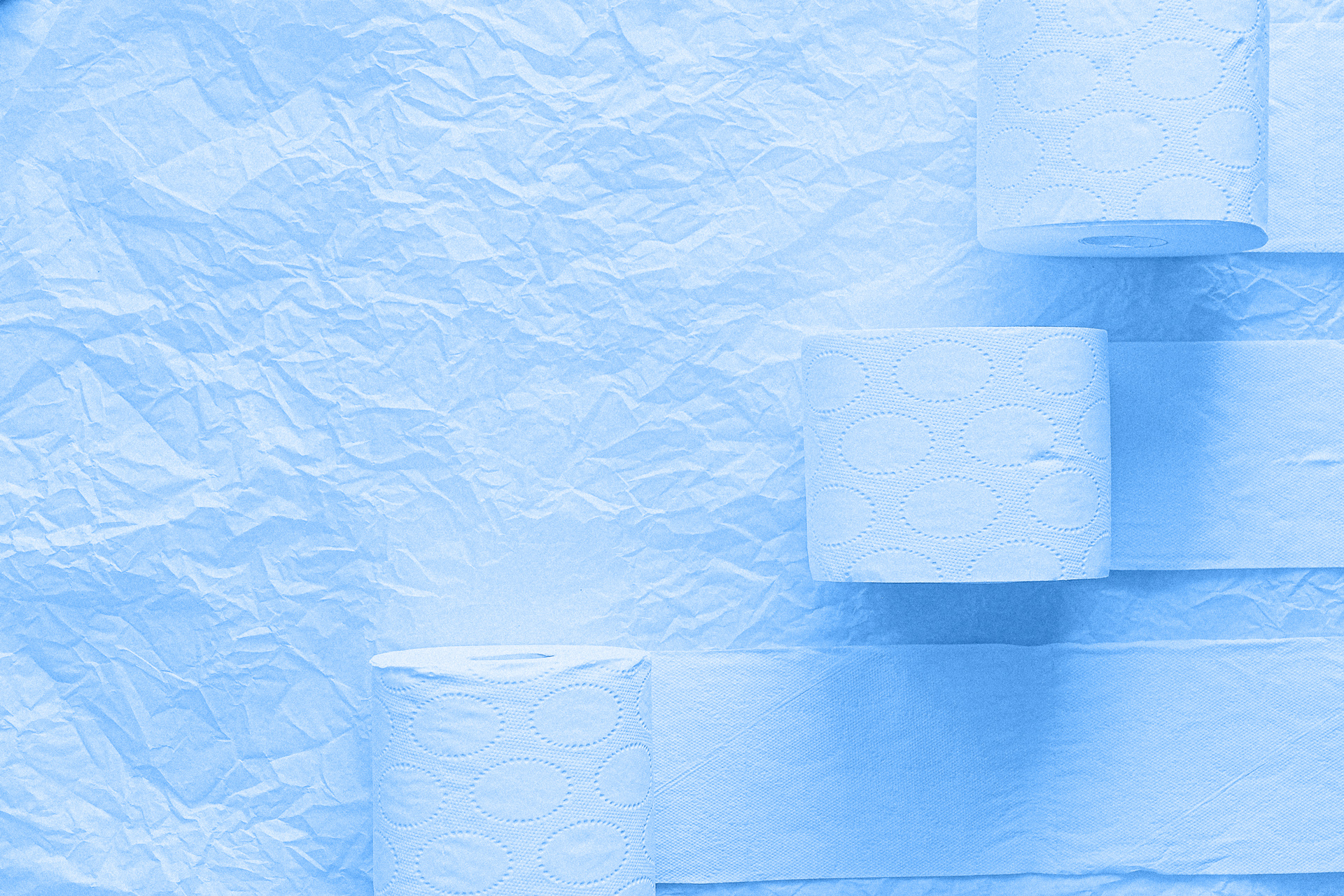A paper converting company deals with the processing and conversion of paper and cardboard. Paper converting, in fact, is the art of transforming paper and cardboard into everyday objects.
The raw material used by this particular type of factory is mostly semi-finished products from paper mills, i.e., factories that convert raw materials such as water and cellulose into paper and cardboard.
The main difference between the paper and cardboard industry lies in the fact that the former actually supplies the latter with raw materials to be processed into finished objects.
Processing steps in a paper company
In a paper converting company, all the processing stages are carried out to produce paper or cardboard products. The various processing stages of the raw materials are carried out by specialised workers, who are called paper technicians.
Before becoming a box, a shopper or any type of container, the semi-finished product (paper or cardboard) has to undergo various processes, some of which are standard, while others depend on the artefact to be produced.
The processes that can be carried out within a paper converting company are essentially:
- Lamination
- Fitting
- Assembly
- Gluing
- Die-cutting
- Creasing and folding
Lamination is the first stage in the processing of the semi-finished product and involves the joining of two or more sheets to create a single sheet with a greater thickness and therefore more resistant.
Fitting is the flaking of a semi-finished product to prepare it for the next processing stage.
Die-cutting is the phase in which the substrate is cut according to a pattern, known as a die, which varies according to the product to be made.
Assembly, finally, is exactly the phase in which the product is composed by joining the elements that compose it.
Gluing is one of the final processes and involves the joining of the parts that need to be glued together.
Like gluing, creasing and folding are also processes that are carried out at the end of the production process. Creasing is the process by which the cardboard is softened and then folded.
Finally, there are special processes that are not inherent to the production of the products, but rather to their customisation, such as: fenestration and thermo-impression.
Fenestration consists of creating an opening on the envelope, and/or box, on which transparent plastic templates are applied, such as those that allow the product inside a container to be seen. Thermo-pressing, on the other hand, allows – by means of a hot printing process – printing, writing or decorations to be impressed on the object.
The art of papermaking in all its forms
In conclusion, what kind of artefacts does a paper converting company produce? A paper converting company produces any type of artefact that can be made from paper and cardboard: from packaging containers and shopping bags to window and shop displays.
Paper and cardboard are extremely versatile, inexpensive and environmentally friendly materials and can be used to create numerous types of artefacts. This is why, in recent years, the frontiers of cardboard are expanding more and more, encompassing other areas such as home design. Cardboard furniture and furnishings, in fact, represent the new trend in home furnishing.
Cit. eurocities.org
28 Ottobre 2020
Cosa fa e cosa produce un’azienda cartotecnica


No comments yet, be the first!